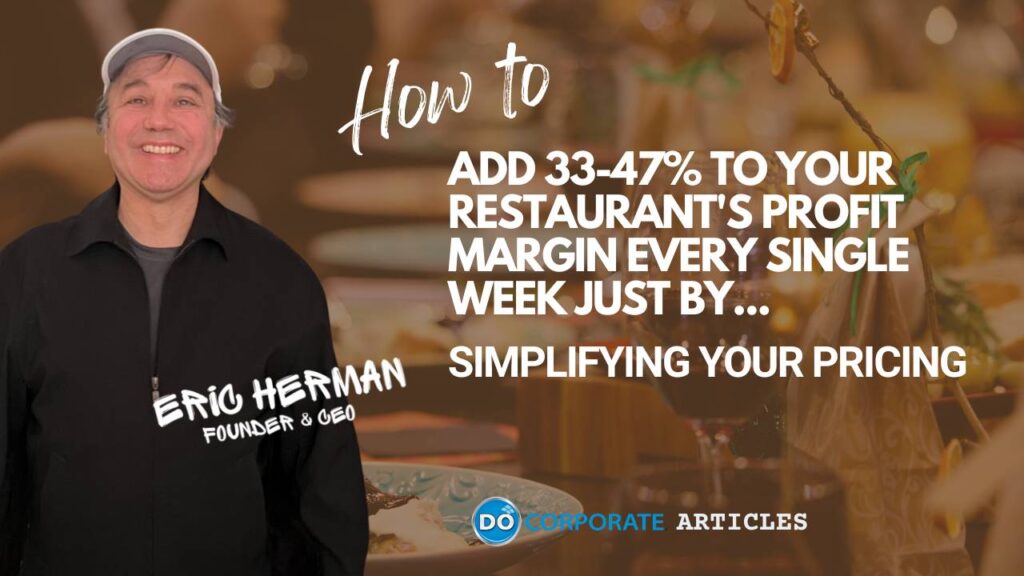Lets start with…
A Big Problem For Most Restaurants in 2023.
A big problem for almost every restaurant comes down to one important thing…
“How do I generate more money without raising my prices or buying inferior staples and ingredients?”
In 2023, restaurants have to deal with a host of issues that are making it more and more difficult to make money.
Today, we’ll be covering the following:
Part 1: The 4 reasons it’s gotten harder for restaurants to generate more money in 2023.
Part 2: The 2 core things your restaurant has to do to make more money without upsetting your customers.
Part 3: The 3 Step Process we use to add 38-47% to your restaurant’s profit margin every single week just by simplifying your pricing.
Part 4: How to implement this strategy in your business starting this week.
Let’s Dive in…
Part 1:
The 4 reasons it’s gotten harder for restaurants to generate more money in 2023.
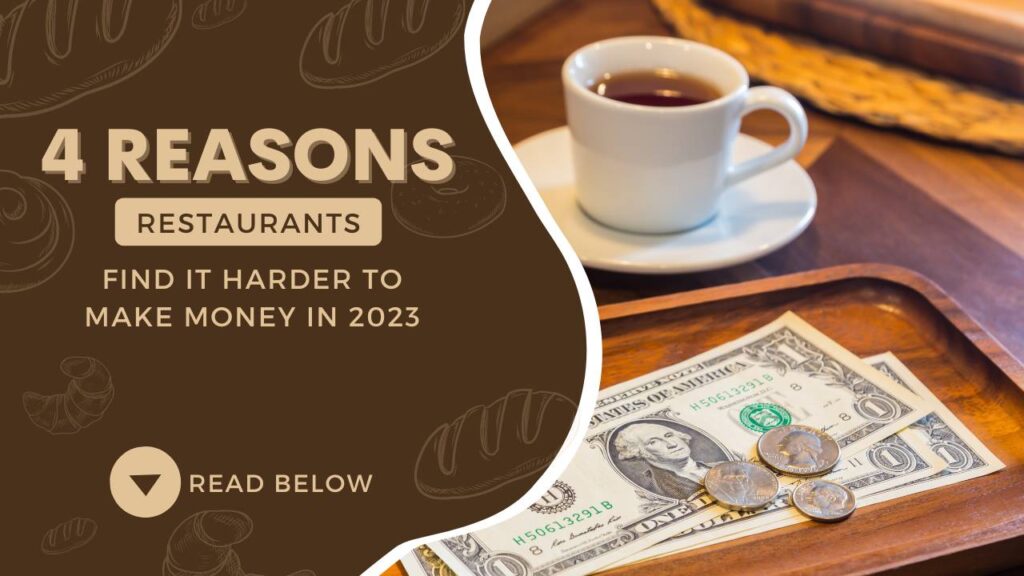
It’s gotten much more difficult to generate more money this year than it used to be. There are a lot reasons for that but we can organize all of those reasons into the following 4 categories.
The 4 Reasons it’s gotten harder for restaurants to make money in the past few years.
1. The Rising Costs Of Ingredients.
In the past few years, the rising costs of ingredients have added a new layer of complexity for restaurant owners. The prices of staples such as beef, poultry, and produce have skyrocketed, thanks in part to demand for these items in global markets.
The first impact of these price fluctuations is on the menu prices. The prices of ingredients used in preparing menu items have a direct impact on the prices that customers pay for the dish. With the rising cost of ingredients, restaurants are forced to increase their menu prices just to maintain their profit margins.
Another impact of rising ingredient prices is on the quality of ingredients used in the dishes. Restaurants may be forced to compromise on the quality of ingredients they use in order to maintain their profit margins. This is because the cost of high-quality ingredients may be prohibitively expensive.
The impact of ingredient price fluctuations on restaurant profit margins can also extend to the supply chain. Restaurants that rely heavily on suppliers for their ingredients may be impacted by disruptions in the supply chain that can force restaurants to purchase ingredients from another supplier at a higher cost.
2. Labor Challenges
Restaurant owners also face the challenge of navigating increasing labor costs and a shortage of available labor. Over the past few years, cities and states have introduced legislation to increase the minimum wage.
The restaurant industry is notorious for having a high turnover rate, which means that restaurants are constantly hiring and training new employees. This can be an expensive undertaking that requires a tremendous amount of time and resources to constantly train new employees.
Many restaurants have voluntarily increased wages in an effort to simply attract and keep staff. This one-two punch of increased labor costs are having a significant impact on already thin industry profit margins.
3. Changing Consumer Menu, Ordering and Delivery Preferences
Many restaurants have seen a consumer shift towards healthier and dietary restrictive dining options. It’s become crucial for restaurants to offer customers options and ingredients that meet their dietary restrictions and mindful of those customers who prefer lower-sodium, lower-carbohydrate, and low-fat options, as well as plant-based options, as a part of their offerings.
The rise of online ordering, delivery-based companies like UberEats, Grubhub, Otter, DoorDash and ChowNow, to name a few, has changed the game for the restaurant industry, with delivery and takeout services seeing a significant uptick in demand over the past few years.
Delivery and takeout services have become a crucial part of modern life, with more people opting for these services than ever before and it’s catching up with restaurateurs.
Convenience has become the order of the day for most customers and as a result, restaurants that offer online ordering or delivery options tend to have an edge over their counterparts.
4. Increased Local Competition
The growing popularity of local eateries is having a significant impact on both independent restaurant owners and chain establishments. For independently owned restaurants, the trend is a boon as consumers seek out unique and personalized dining experiences. However, it also means that competition is greater than ever before, and owners must work harder to differentiate themselves from their competitors. Restaurant chains, on the other hand, are feeling the heat from local competition. They are losing market share to smaller, independent restaurants and struggling to keep up with changing food trends.
Consumers are increasingly seeking out unique dining experiences, but the restaurant industry is notoriously fickle, and the trends of today may not be relevant tomorrow.
In order to remain relevant and competitive, restaurant owners and chains must be agile and adaptable. As technology continues to play a larger role in the industry, restaurants will need to find ways to leverage emerging technologies to their advantage.
With all of those things working against us, how do we combat them and become more profitable?
Part 2:
The 2 core things your restaurant has to do to make more money without upsetting your customers.
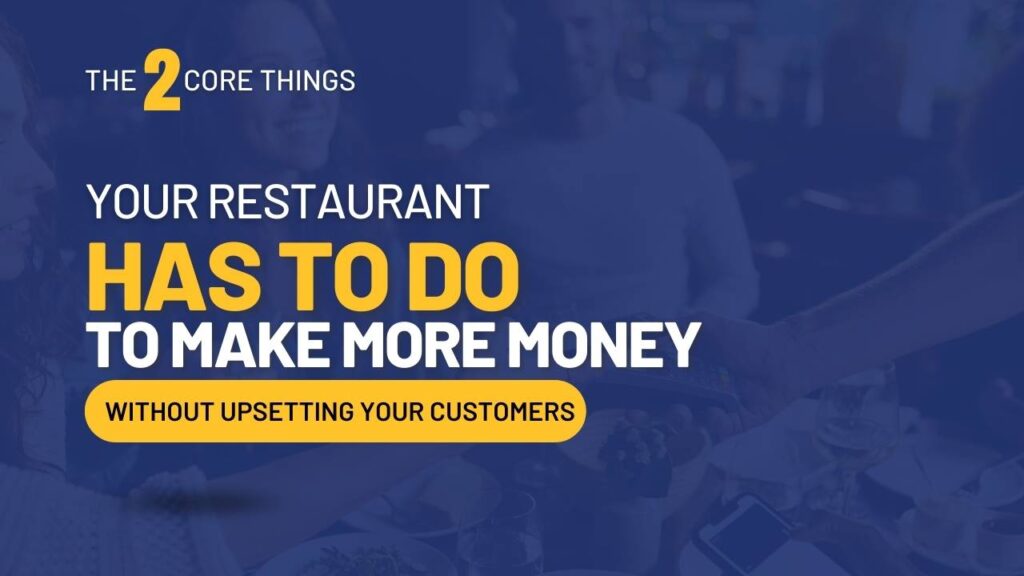
There are two core things that every restaurant out there has to do right now in order to increase profit margins.
The 2 core things your restaurant has to do to make more money without upsetting your customers:
#1: Install a Customer Centric POS Solution
What’s a customer centric Point of Sale Solution? A customer centric POS takes the components of the POS and fits them together to not only improve a restaurant’s current customer experiences, it looks to the ways in which the restaurant’s future customers will need to be served.
Customers in the future will likely see a transformation to self service, even in more traditional and upscale restaurants. Staffing problems and operational inefficiencies are already leaning in this direction.
Online ordering, pay-at-the-table and self service kiosks will need to sync together within the POS to keep operational costs to a minimum.
Third party apps cannot overtake a restaurants pickup / takeout order processing simply as a convenience, the cost is way too high.
Similarly, retail pricing adoption has moved from a nice-to-have to must-have. The typical restaurant’s very survival depends upon it.
#2: Make Your Menu Feeclusive
The only way for a restaurant to increase its profits is to generate more revenue at a lower cost. Significantly lowering food, operational, variable and fixed costs for the typical restaurant operating at 3-5% profit just isn’t very likely.
The only viable way to increase a restaurant’s long-term profitability is to offset third party app fees by bring takeout/pickup in house and by utilizing Feeclusive retail menu pricing that absorbs the cost of processing card payments.
So how do we actually increase our profit margins in our restaurant?
Part 3:
The 3 Step Process we use to add 33-47% to your restaurant’s profit margin every single week just by simplifying your pricing.

A typical restaurant’s profit margin ranges between 3 to 5%. For a $50,000 a month restaurant at 5%, that leaves only $2,500 a month profit. Wow!
How about turning that into $3,750 a month ( an extra $15,000 a year).
Following our 3 step process your restaurant can expect an increase profits by a minimum 2.5%. (That’s a increase of 33-47% depending upon your current profit margin).
As important of an impact this is, it’s equally important to know that this increase in profit margin isn’t going to cost an arm and a leg (and depending upon the size of your restaurant, may be free).
We’ve had a ton of success doing that by following the formula that we explain below.
The 3 step Process that we use to add 33-47% to your profit margin every single week just by simplifying your pricing.
Step 1:
Determine Each Menu Item’s Minimum Price
The minimum you’re willing to sell each item for
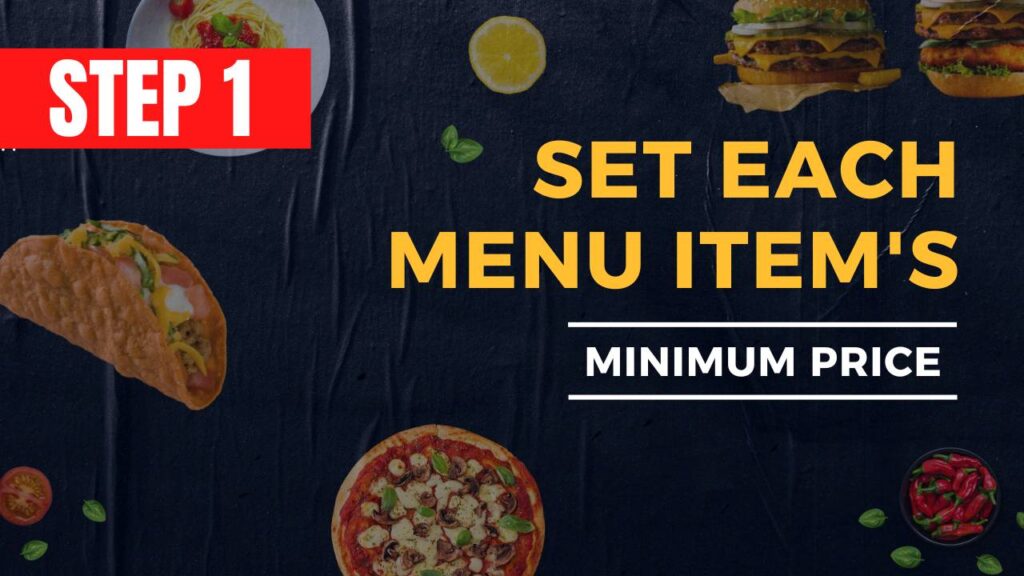
As a restaurant owner, you need to know the minimum you can sell each item on your menu for to insure you’re making money on it. This minimum price should cover all of the costs that go into serving the item, including each menu items allocation of fixed and variable costs.
Your minimum price needs to include a reasonable profit margin and some additional room for unanticipated costs.
This minimum price is not the price you put on your menu.
Why not? Read step 2 to find out…
Step 2:
Set Each Menu Item’s Retail Price
The maximum price your customer will pay
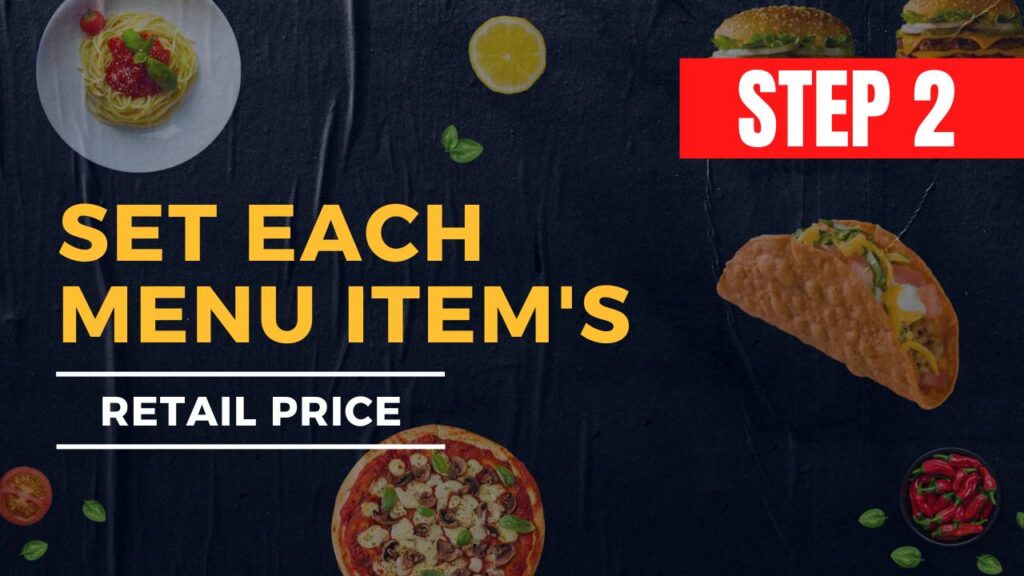
Your retail price is very important. The reason for establishing both a retail and minimum price is cover the additional sales and convenience associated costs.
These additional costs include third-party delivery apps, promotional expenses (coupons and discounts) as well as card processing costs.
The vast majority of restaurant owners fail to develop a cost plus retail pricing strategy and end up losing money, rather than making money from each order.
Let’s take an example to help illustrate the problem.
PrimeTime Burger, like the majority of Burger joints relies on third party delivery apps like UberEats, GrubHub and DoorDash. PrimeTime’s average delivery order is $33.94* of which $10.18 goes to the third party (* source: Statista Delivery Food Spend). That leaves PrimeTime’s owners with $23.75. If PrimeTime’s minimum price was $25 bucks, they’d be in the hole a $1.25 on each order. Ouch!
Another example…
Westbrook’s Pizza offers a popular casual dining experience. The average customer tab happens to be $100. The restaurant averages about $50,000 a month in dine-in business. Not too bad. Though Westbrook saves all those third party app fees, they still have a hard time getting above a 5% profit margin. How come? Well, one reason is their outdated POS and their best friend’s payment processing. A costly combination as it turns out. You see, Westbrook’s pays nearly $15,000 a year for merchant processing. What can they do? Well, that’s where retail pricing comes in…
How do restaurants keep the profit margin that’s going to the third party apps, POS platforms and payment processors?
Read Step 3 to find out…
Step 3:
Updating Your Point of Sale Menu
Set it to charge the retail price for customers who pay with a card or your minimum price for those who don’t.
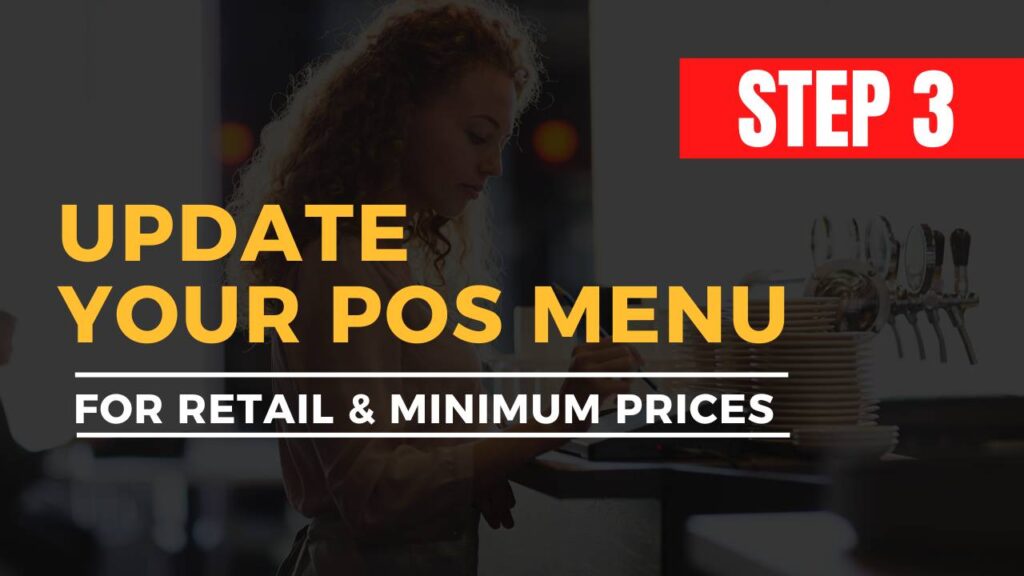
Updating your Point of Sale menu to Retail Pricing is crucial to your bottom line profits.
Well look at it this way…
A $50,000 dine-in only restaurant (how many dine-in only restaurants exist today) is losing $15,000 a year to their merchant processor. At a 5% profit margin a restaurant would need to sell $300,000 just to net that same $15,000. Or put another way, at a $23 average dinner order, that same restaurant would need to sell more than 13,000 items.
Here’s how to update your POS…
First. Follow steps 1 and 2 (go back and complete them, you can’t skip ahead).
Second. Log into your POS and enter a retail price for each menu item.
Third. Enter a minimum price for each menu item.
Now, you need to make sure your staff transparently communicates the menu price a customer paying with a card pays and the discounted minimum price the customer not using a card pays.
Why is this strategy so effective?
This is really the only way to dramatically increase your profit margin each week.
A customer friendly POS platform that incorporates both a Retail price and Minimum price and that doesn’t cost a dime to rent, purchase or use and provides restaurant owners and operators with a clear path to an immediate 33-47% boost in profit margin.
Part 4:
How to implement this strategy in your restaurant starting this week.
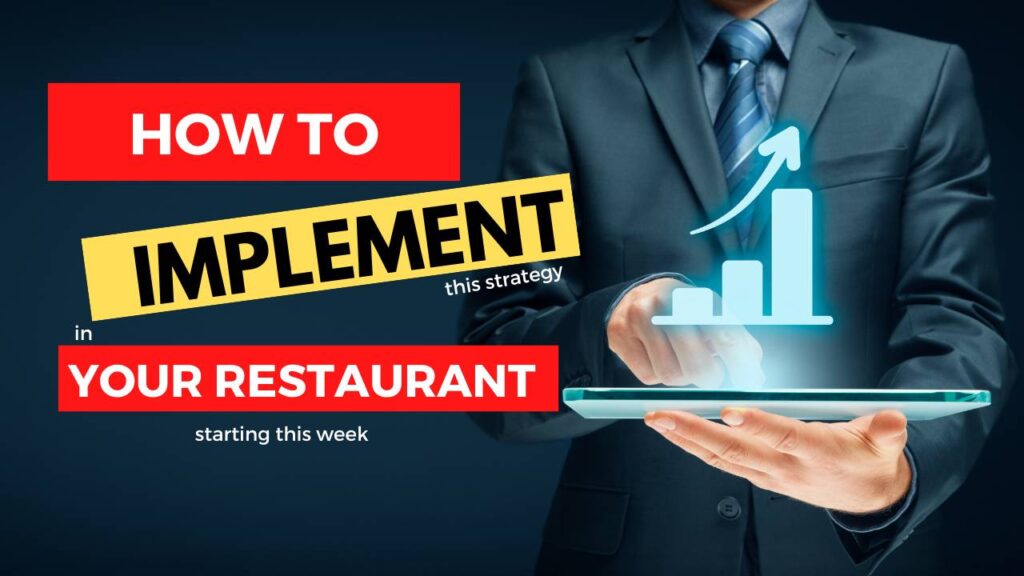
The key to increasing your restaurant profit margins by 33-47% every single week is to take action fast.
You can implement all of the above information yourself, call your POS vendor or your merchant processor that your business works with, or you can reach out to our team at DoProcessing and we can walk you about implementing these dramatic profit generating changes in your restaurant right now.
You can reach our offices by calling the number at the top of the page (next to the menu) or you can sign up for this service now by clicking here.
I’m also always here to answer any questions that you might have about this article (for free of course). You can email me using my contact information below.
I hope you enjoyed the tutorial. Send me your success stories after you put it into use! I can’t wait to hear about your results.

Eric Herman
Founder & CEOI've been online since 1998 and founded DoCorporate as our primary “Do” brand in 2010. We specialize in helping business owners navigate the emerging digital and mobile landscape. Over the years we’ve helped our customer base manage their ever-changing online presence, online reviews, website design, hosting, search engine optimization and Google Business Profiles.

